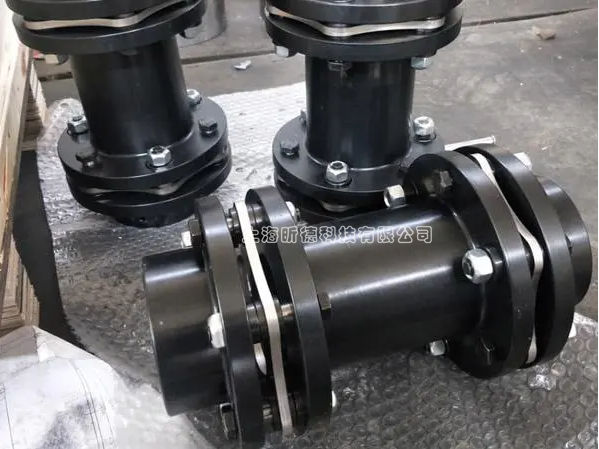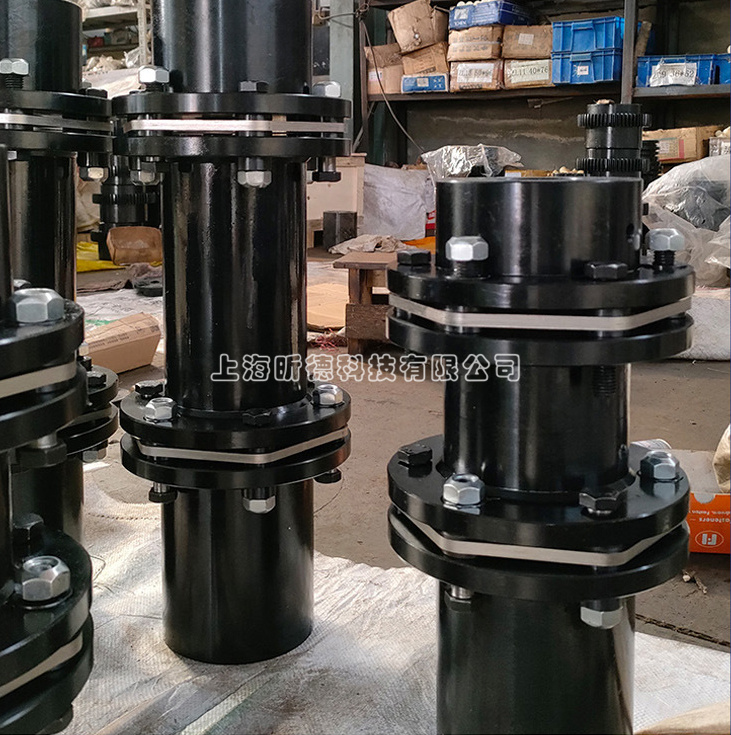Diaphragm couplings are commonly used transmission devices in the machinery industry, playing a crucial role in connecting and transmitting power. To ensure the proper operation of diaphragm couplings, correct installation and regular maintenance are indispensable. As a professional manufacturer in the field of diaphragm couplings, Xinde will comprehensively analyze the installation and maintenance guide for diaphragm couplings, helping you better understand and operate this critical component.

Installation Precautions
Inspect Parts: Before installation, carefully check if all parts of the diaphragm coupling are complete, including the two coupling halves, diaphragms, bolts, and nuts. Additionally, inspect the inner bore of the two coupling halves for dirt or debris, and clean if necessary.
Axis Alignment: Ensure that the two shafts of the prime mover and the working machine are concentric before installation. If not, manually adjust them. Also, check the shaft surfaces for any damage, and use a fine file to smooth them if needed.
Preheat Treatment: To facilitate installation, preheat the two coupling halves in a heat-insulating box or oil tank at 120-150°C to expand the inner bore, making installation easier.
Installation Gap: During installation, ensure that the gap between the two half-flange end faces is greater than the thickness of the diaphragm assembly. Adjust and align the two flange gaps to ensure installation accuracy. After installation, the shaft head should not protrude from the end face of the coupling half but should be flush.
Use Special Tools: When installing bolts, always use the accompanying installation tools, such as torque wrenches. When tightening the bolts, ensure they do not rotate and pay attention to their orientation to prevent bolt fracture or diaphragm distortion.
Safety Protection: Products with diaphragms have sharp edges and may cause injury. It is recommended to wear thick gloves and other protective equipment during installation. Additionally, install protective covers around the coupling to ensure safety.
Maintenance Precautions
Regular Checks: Regularly check if the connecting bolts and nuts are loose during normal operation of the diaphragm coupling. If loose, tighten them according to the installation requirements promptly.
Observe the Diaphragm: Periodically inspect the outer surface of the diaphragm assembly for damage, cracks, excessive deformation, and other defects. Replace the diaphragm immediately if any issues are found.
Lubrication: Apply solid lubricants such as molybdenum disulfide to the front of the diaphragm to effectively prevent fretting wear during high-speed operation and avoid cracks or damage to the diaphragm bolt holes.
Abnormal Handling: During equipment operation, if abnormal sounds or vibrations are detected in the diaphragm coupling, immediately stop the operation and check the installation accuracy, screw looseness, etc., to identify and promptly address the root cause of the problem.
Cleaning and Maintenance: Regularly clean the coupling to remove dust, oil, and other impurities from its surface. After cleaning, apply a layer of rust-preventive oil to the coupling surface to prevent rust and corrosion.

Whether installing new equipment or maintaining old equipment, we hope you will keep these precautions in mind to ensure that the diaphragm coupling remains in good working condition. If you encounter any problems or need further assistance during use, please feel free to contact us at Shanghai Xinde.
Contact: Tina Lau
Phone: 13371933299
Tel: 021-34150570
Email: 13371933299@126.com
Add: No.388,Doushi road,Zhuanqiao town,Minhang district, Shanghai

